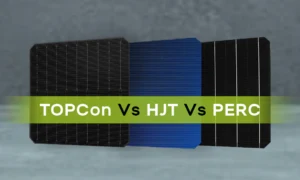In the realm of displays, refresh rate refers to the number of times an image is updated per second. The higher the refresh rate, the smoother and more fluid the motion appears. Two common refresh rates are 60 Hz and 120 Hz, and determining the difference between them can be crucial for gaming, video editing, and other demanding tasks.
Visual Comparison: The Side-by-Side Test
The most straightforward way to compare 60 Hz and 120 Hz is to side-by-side test two identical displays with different refresh rates. This method allows for a direct visual comparison, making it easier to perceive the difference in motion smoothness.
To conduct this test, position the two displays side by side and display the same content on both screens. Quickly switch your gaze between the two displays, focusing on elements that move or change frequently. Pay attention to the perceived smoothness and any noticeable blur or stutter.
Fps Tester: Measuring Frame Rates
Fps tester, also known as frame rate tester, provides a more quantitative approach to comparing refresh rates. These tools measure the actual frame rate of the displayed content, allowing you to assess the performance of both 60 Hz and 120 Hz displays.
Popular fps testers include Blur Busters’ UFO Test, which displays a high-contrast UFO moving across the screen. The goal is to identify the UFO as clearly as possible, with higher refresh rates producing a sharper and more distinct image.
Gaming: Enhanced Visuals and Responsiveness
For gamers, the difference between 60 Hz and 120 Hz can be particularly noticeable. Higher refresh rates translate to smoother gameplay, reduced motion blur, and improved responsiveness. This can significantly enhance the overall gaming experience, especially in fast-paced action games.
Video Editing: Smoother Workflows and Precision
Video editors can also benefit from the increased smoothness of 120 Hz displays. Previewing and editing videos can be easier with a higher refresh rate test, especially when working with high frame rate footage. This can lead to a more efficient and precise editing workflow.
Casual Usage: Subtle but Perceptible Differences
Even for casual users, the difference between 60 Hz and 120 Hz can be subtle but perceptible. Scrolling through web pages, navigating menus, and interacting with apps can feel smoother and more responsive on a 120 Hz display.
Choosing the Right Refresh Rate: Considerations
When deciding between 60 Hz and 120 Hz, consider your primary usage patterns and budget. For casual users, the difference may not be significant enough to justify the additional cost. However, for gamers, video editors, and those who demand the highest visual fidelity, 120 Hz can offer a noticeable improvement.
Conclusion
The choice between 60 Hz and 120 Hz depends on individual needs and preferences. For those who prioritize smooth motion graphics, enhanced responsiveness, and a more immersive visual experience, 120 Hz can be a worthwhile investment. However, for casual users who are content with the standard performance of 60 Hz, the upgrade may not be necessary.














